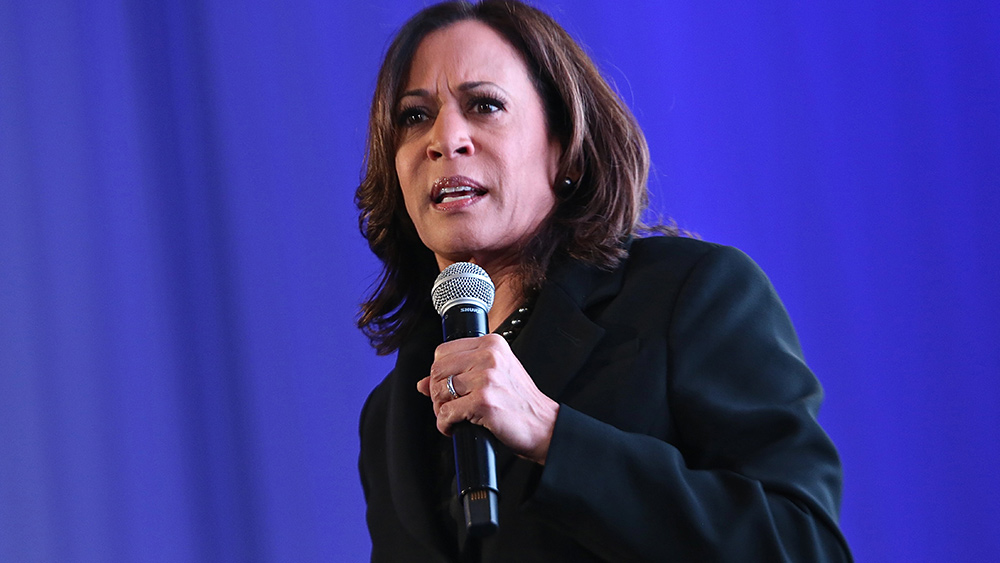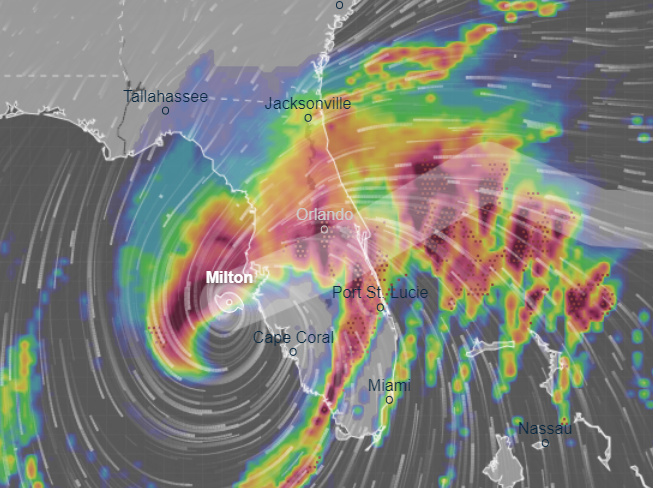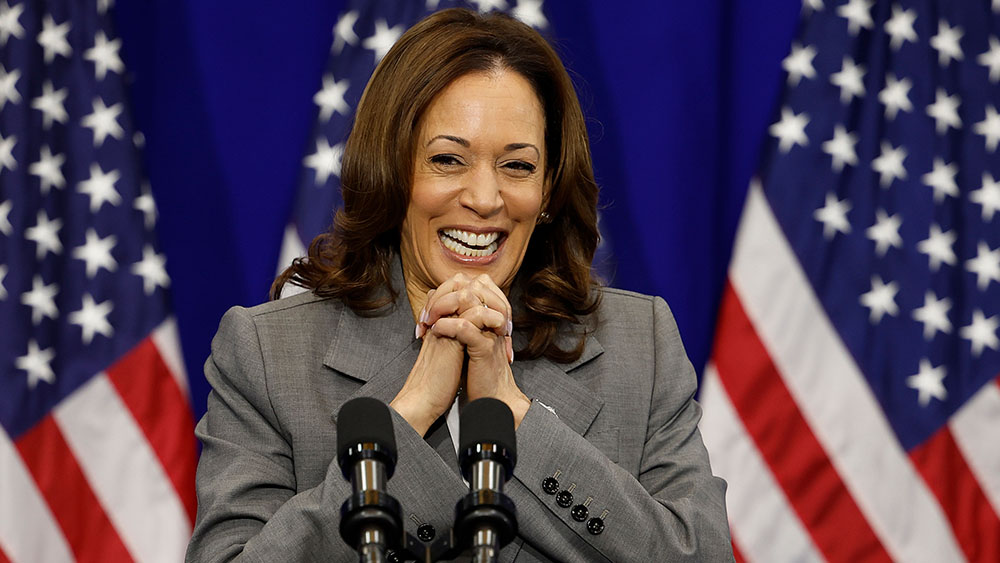Consumer Price Index rises more than expected as Americans pay more for everything amid ongoing inflation
10/14/2024 / By Cassie B.

The latest Consumer Price Index report has just been released, and it showed a higher rise than expected, marking the 52nd straight month of core consumer price rises on a month-over-month basis.
The 2.4% increase recorded in September on an annual basis was slightly higher than the 2.3% that was forecast for the index, which is a broad measure of the cost of everyday goods such as groceries, rent and gas.
On a month-over-month basis, things didn’t fare better, with the actual rise of 0.2% over August exceeding the expected increase of 0.1%.
Meanwhile, core CPI, a measurement that does not take the volatile prices of food and energy into account, rose 3.3% year over year, which is more than the 3.2% rise that was expected. Core inflation also rose 0.3% on a monthly basis, which is higher than the 0.2% expected rise.
Americans paying more for everyday necessities thanks to Bidenflation
This illustrates the continuing inflationary pressures on the economy. Headline consumer prices are now up by more than 20 percent since the Biden-Harris administration took over the White House. As Americans pay more money for everyday necessities such as rent and food, many are struggling to save money.
Some of the specific categories that saw increases include healthcare costs, which rose 0.4% on the back of a 0.9% rise in the price of physicians’ services. Motor vehicle insurance rose 1.2%, while apparel climbed 1.1% and airfare rose 3.2%. Record-setting increases were noted in a handful of very specific categories, such as jewelry and watches, sports tickets and college textbooks. Housing costs also rose.
Food inflation is also back in full swing, with five of the six main grocery store food indices noting increases. For example, the egg index rose a remarkable 8.4%, while the fruits and vegetables index showed a sharp reversal from its 0.2% drop in August, rising 0.9% last month. The index for poultry and fish, meanwhile, rose 0.8%.
This is the last CPI report that will be released before Americans head to the polls next month, and inflation is a major issue that voters will be considering when making their choice for president.
Unemployment hits highest level in more than a year
Meanwhile, data released by the Department of Labor showed a surge in first-time applications for unemployment benefits, reaching their highest level in over a year at 258,000 for the week ending October 5.
An ongoing strike at Boeing and the effects of Hurricane Helene are being blamed for the sudden jump, although the rise is something that experts warn should not be dismissed. These two factors are expected to have an effect on the labor market throughout the rest of the year, and the situation will likely be compounded once the fallout of Hurricane Milton figures into the data as well.
Some of the greatest pressure moving forward could be seen in energy prices as geopolitical uncertainty persists.
The Managing Director of Trading and Investing at E*Trade, Chris Larkin, said: “One slightly hotter-than-expected CPI reading doesn’t mean a new wave of inflation has been unleashed, but the fact that it accompanied a jump in weekly jobless claims may add to short-term market uncertainty.”
Markets are expecting the Fed to make a cut of 25 basis points when they meet next month on November 6 and 7, just after the election.
Sources for this article include:
Submit a correction >>
Tagged Under:
Bidenomics, big government, Bubble, consumer price index, CPI, debt bomb, economic riot, economy, finance riot, Inflation, market crash, money supply, national debt, prices, rationing, risk, unemployment
This article may contain statements that reflect the opinion of the author
RECENT NEWS & ARTICLES
COPYRIGHT © 2017 BIG GOVERNMENT NEWS


















